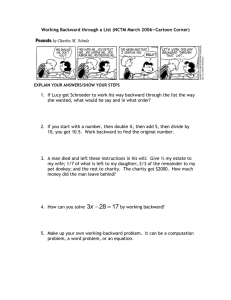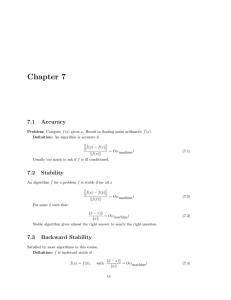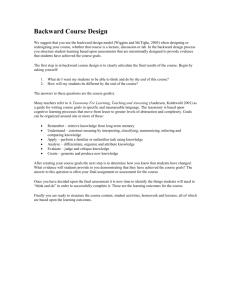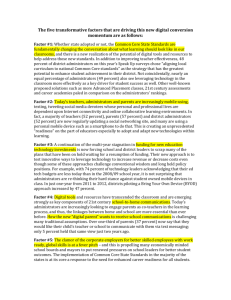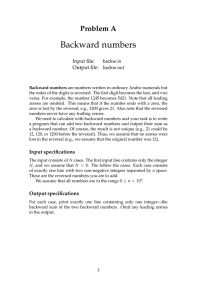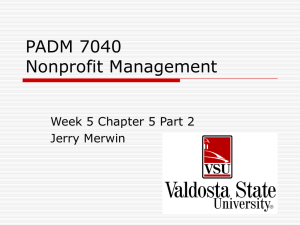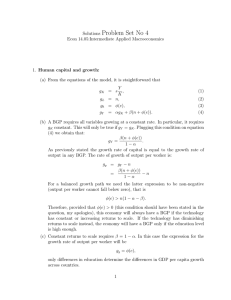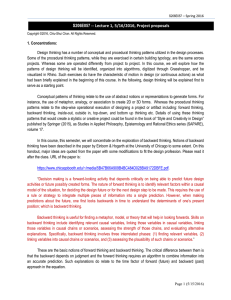backward_design_template
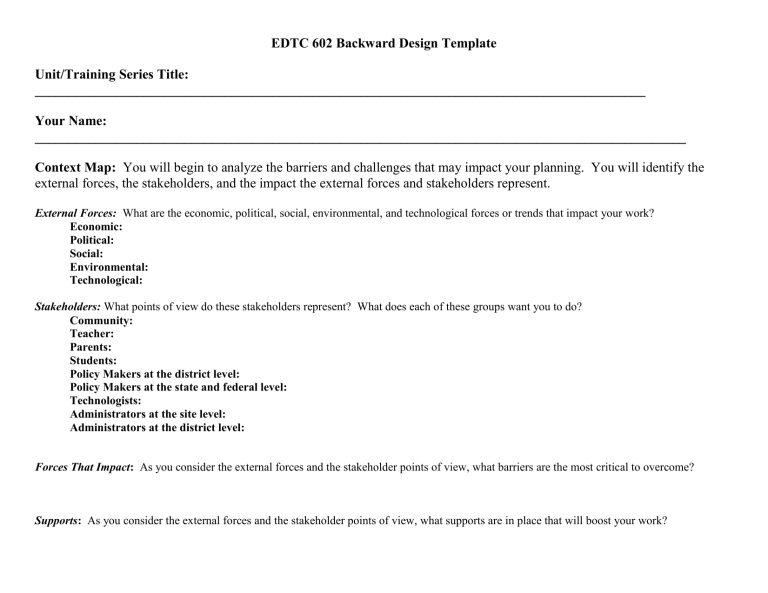
EDTC 602 Backward Design Template
Unit/Training Series Title:
__________________________________________________________________________________________
Your Name:
________________________________________________________________________________________________
Context Map: You will begin to analyze the barriers and challenges that may impact your planning. You will identify the external forces, the stakeholders, and the impact the external forces and stakeholders represent.
External Forces: What are the economic, political, social, environmental, and technological forces or trends that impact your work?
Economic:
Political:
Social:
Environmental:
Technological:
Stakeholders: What points of view do these stakeholders represent? What does each of these groups want you to do?
Community:
Teacher:
Parents:
Students:
Policy Makers at the district level:
Policy Makers at the state and federal level:
Technologists:
Administrators at the site level:
Administrators at the district level:
Forces That Impact: As you consider the external forces and the stakeholder points of view, what barriers are the most critical to overcome?
Supports: As you consider the external forces and the stakeholder points of view, what supports are in place that will boost your work?
Theory of Action: Now that you have an overview of the environment and stakeholders, you will develop a theory of action that will focus your unit or training. This theory of action will require you to gather and analyze your current state through data, visualize your desired state, and identify action steps to achieve your desired state.
Audience: Who is the audience? Who will be participating in the unit or training?
Current State: Describe your current state using available data (quantitative and qualitative). Be sure to describe your current state in terms of achievement scores, State Content Standards, 21 st
Century Skills, NETS, and Workforce Readiness Skills. What does it currently look like, sound like, and feel like?
Desired State: Describe your desired state using the data you’ve analyzed for the current state. What is it that you will be working toward achieving? Again be sure to describe your desired state in terms of achievement scores, State Content Standards, 21 st
Century Skills, NETS, and
Workforce Readiness Skills. What will the desired state look like, sound like, and feel like?
Theory of Action: What steps of action will you take to achieve your desired state? What will you do specifically?
Backward Design Map
Unit/Training Design: Using a backward planning process, you will begin to identify the content and process of your unit or training. In this process you will need to identify your end of unit/training series goal. You will also need to identify the target goal for each lesson/training session within your unit/training series.
End of Unit/Training Series Target Goal: Based on your description of your desired state, what will your final instructional goal(s) be?
Individual Lessons/Training Session Topics: Working backwards from your end of unit/training series goal(s), develop four lessons/training sessions. With each lesson/training session you will need to identify the target goal for content (skills, knowledge, strategies) and the process
(thinking strategies) the learner will use to access the content knowledge. You will also need to identify a formative assessment or assessment for learning that will provide you with data regarding the progress the learner is making during the lesson/training session.
Session Target Goal
1
2
Topics
3
4
Progress Monitoring:
What will you communicate to your learners?
How often will you communicate this information?
How will you communicate the assessment information to your learners?
How will you use the data to analyze your progress as the instructor?
Pedagogy/Process
Assessments for Learning Table
List your target goals for each of your learning activities
Process Behaviors: What will it sound like, look like, feel like?
(How will students/participants apply the learning?)
Content Behaviors:
What will it sound like, look like, feel like?
(What are the skills, new understandings, or concepts?)
Assessment for Learning –
Progress Monitoring:
How will you collect your assessment data?
Progress Tracking Tool
Explain the purpose of your tool relative to the mapping you have already completed for your final project.
Describe your target audience for the communication of progress.
Substantiate your design decisions based on the investigations and discussions just completed.
Remember to submit your working tool to your facilitator.
Sample Lesson or Agenda and Supplemental Materials
You will be expected to submit one sample lesson plan or faculty development agenda (or website). This must be accompanied by all supplemental documents and interactive components you will be using during this lesson or training. Here are links to the Regis unit planning templates for you to use:
Faculty Development Agenda http://cpslearning.regis.edu/ed_lesson_plan/index.html
